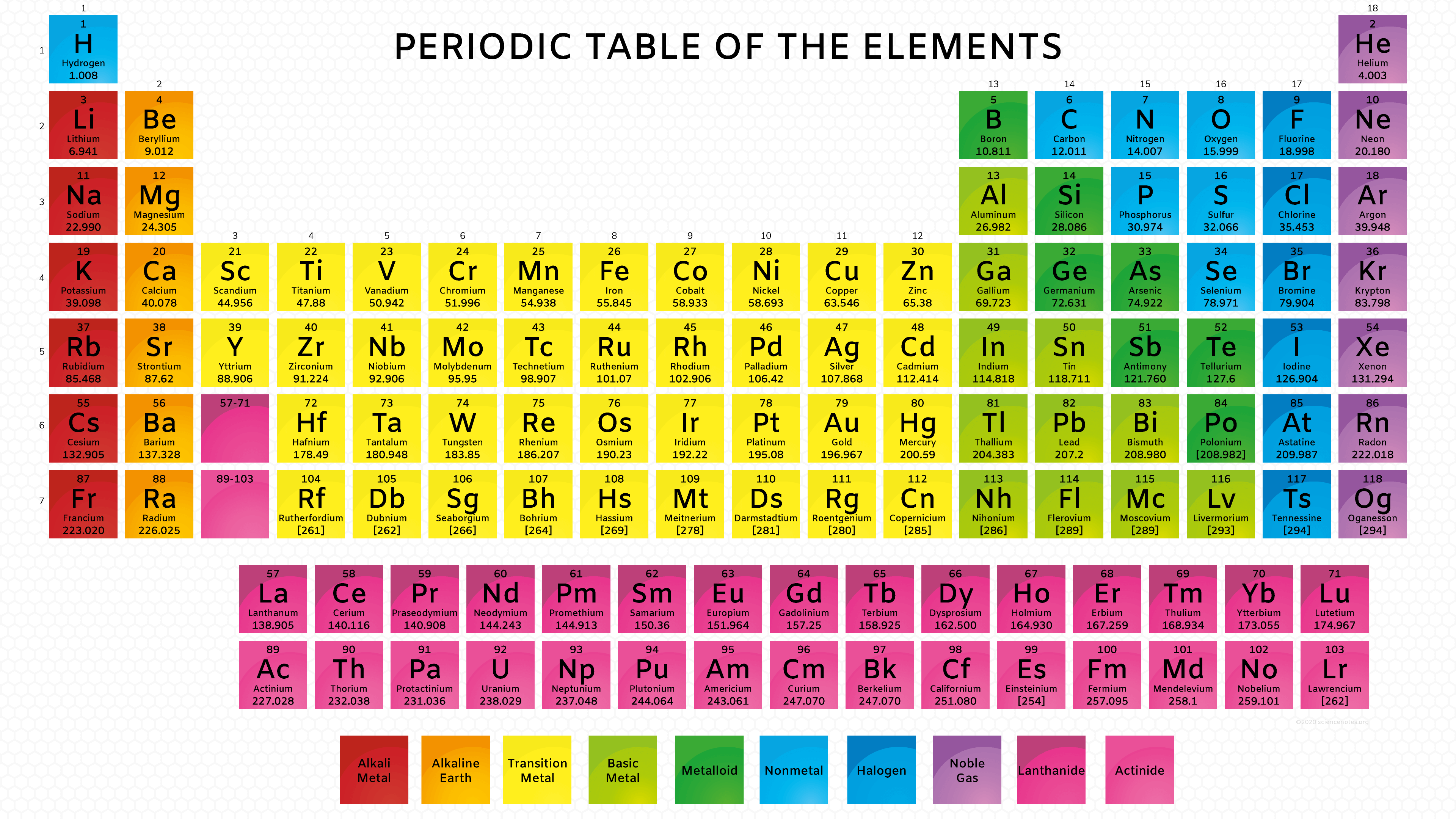
Course outcome: On successful completion of this course learners will be able to:
- Comprehend the evolution of electronic structure of atom
- Use quantum numbers and atomic orbital wave function equations to visualize the shapes of orbitals
- Recognize the relationship between position of an element in periodic table and its atomic properties and the periodic trend in properties
- Explain the concept of chemical bonding
- Analyse the properties of gases, liquids, solids and solutions
Course Objectives
1. To develop conceptual knowledge about the electronic structure of atom, organization of periodic table and trend in atomic properties, properties of physical states of matter.
2. Apply the concepts to write electronic configuration of elements. Comprehend, analyse and predict type of chemical bonds and properties of matter.
Course Content:
Unit I Atomic structure
Blackbody emission and temperature, Photoelectric effect, Double slit experiment, Line spectrum of elements, Rutherford’s experiment, Bohr’s atomic model, Heisenberg’s Uncertainty, Quantum atomic model, hydrogen atomic orbitals and quantum numbers, atomic orbital equations (no derivation required), hybrid atomic orbitals, Electronic configuration of atoms, Madelung rule, atomic mass, synthetic elements, isotopes and stability of isotopes (qualitative description)
Unit II Periodic table and periodicity
Periodic trends in atomic properties, reactivity and compound formation, types of compounds, mole concept and composition, oxidation states - Chemical reactions, stoichiometry, chemical reactions in solutions, limiting reagent - Reactions in aqueous medium, precipitation, acid-base, redox, balancing redox reactions, oxidizing and reducing agents, stoichiometry and titration
Unit III Chemical bonding
Types of bonds, representation of electrons as dots, Lewis model of ionic, covalent structures, Electronegativity and bond polarity, Lewis structure of molecular compounds, resonance and formal charge, exception to octet rule, bond energies and bond lengths, bonding in metals - VSEPR theory, predicting molecular geometry, shapes and polarity - Valence Bond theory - Molecular orbital theory, electron delocalization
Unit IV Gases, Liquids, Solids and Solutions
Gas equations, van der Waals gas, virial gas equation, real gases, intermolecular forces - Properties of liquids, properties of solids, phase diagrams, nature of bonding in solids, crystal structures
Unit V Solutions
Types of solutions, solution concentration, solubilities of gases, vapour pressure, osmotic pressure, colligative properties of non-electrolyte solutions, electrolyte solutions, colloidal mixtures
Textbook:
Chemistry A Molecular approach, Nivaldo J Tro, 4ed, Pearson, 2017
Further Reading
Chemistry: The Central Science, Theodore L. Brown, H. Eugene LeMay, Jr., Bruce E. Bursten, Catherine J. Murphy, Patrick M. Woodward, Matthew W. Stoltzfus, 13ed, Pearson, 2015
- Teacher: Venkatesan R
- Teacher: Sujatha Venugopal
